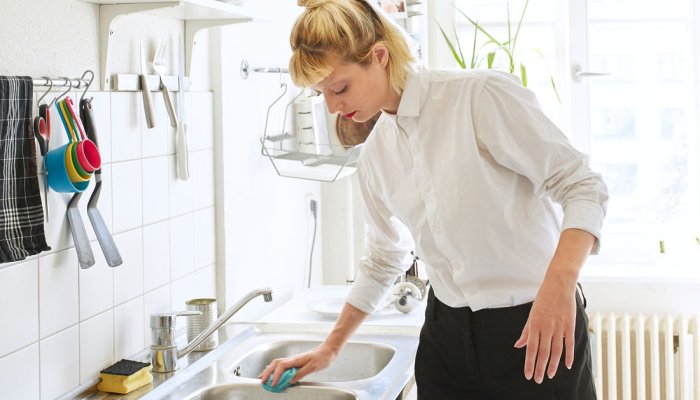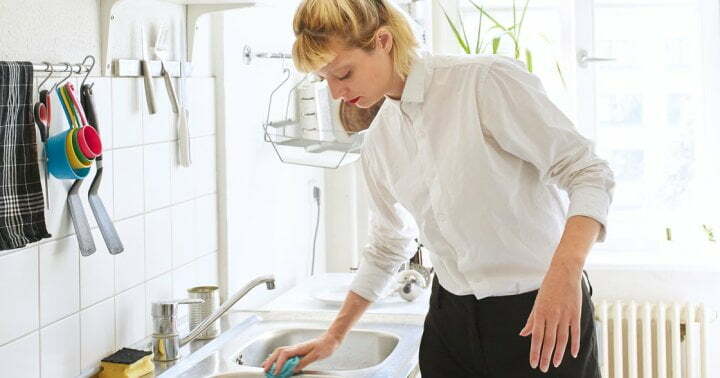4 Things Toxicity Experts Want You To Stop Doing In Your Kitchen

When heated, gas can release small particulate matter, carbon monoxide, nitrogen dioxide, and formaldehyde into the air. If left to build up, these pollutants can reach levels that exceed EPA air safety standards and could pose health risks.
According to one toxicity model out of California, “During a typical winter week, 1.7 million Californians could be exposed to CO2 levels that exceed standards for ambient air, and 12 million could be exposed to excessive NO2 levels if they do not use venting range hoods during cooking.”
For this reason, Blazovsky and building biologist and environmental consultant Ryan Blaser say it’s imperative to always, always, always use an exhaust fan when you cook. Blaser says that you can easily tell if yours is running properly by cooking up some bacon, fish, or anything else particularly fragrant, and turning the fan on. “If you can smell bacon across the room or in another room, the fan’s not doing its job.”
In this case, you should get it checked out by a technician. In the meantime, open up those windows and put on another fan when you cook to allow for some cross ventilation and improve airflow. And once your gas stove reaches the end of its life, dispose of it responsibly and consider replacing it with a safer, more eco-friendly option like an induction one.
This article was originally published by mindbodygreen.com. Read the original article here.




